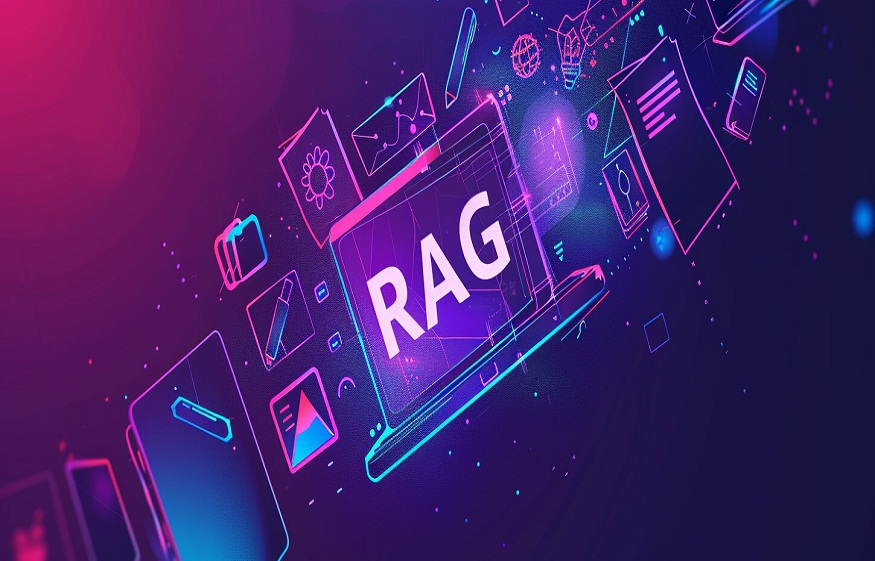As organizations attempt to cut waste and encourage environmental renovation, the global emphasis on sustainability has placed a top class on powerful recycling techniques. A provider of rag solutions is important to growing recycling effectiveness, in particular within the business and fabric sectors. These rag solutions provider make a substantial contribution to waste reduction, resource conservation, and the circular economy by providing creative solutions to repurpose wasted materials. Let’s examine the techniques, approaches, and benefits that a firm that provides rag solutions uses to maximize recycling procedures.
The Value of Recycling in the Textile Sector
Resolving the Crisis of Textile Waste
The textile industry is one of the global producers of waste. Millions of tons of clothing and fabric are discarded annually, often ending up in dumps or burning waste. By converting this waste into useful materials, a rag solutions supplier provides a workable substitute and lessens the textile industry’s environmental impact.
Encouragement of a Circular Economy
Rag solutions organizations adhere to the circular economic system’s tenets with the aid of amassing and treating fabric waste. To extract as much value as possible, materials are used for as long as practical before being recycled or repurposed to make new goods.
Increasing Recycling Efficiency through Specialized Procedures
Effective Systems for Collection
To collect textile waste from factories, warehouses, and retail locations, a rag solutions company sets up efficient collection methods. These systems are made to ensure that the most waste is collected for recycling while reducing the environmental effect and transportation expenses.
Sophisticated Grading and Sorting Methods
Accurate material sorting and grading is a crucial component of increasing recycling efficiency. A provider of rag solutions classifies textiles according to their type, quality, and possibility for reuse using cutting-edge methods and technologies. While lower-quality materials are utilized for things like industrial rags or insulation, this procedure guarantees that high-quality materials are efficiently recycled.
Customized Processing and Cutting
The textiles are processed to satisfy particular industrial requirements once they have been sorted. To make cleaning rags, for example, large fabric pieces can be trimmed into consistent sizes, and smaller scraps can be used to make stuffing or padding. These specialized procedures minimize waste and increase the usability of abandoned materials.
Benefit of working with a rag solutions company
reduces landfill waste.
Reducing landfill waste is one of the main advantages of dealing with a rag solutions supplier. These businesses contribute to a cleaner environment by diverting enormous amounts of material from landfills through the reuse of abandoned textiles.
Preservation of Natural Resources
Significant amounts of raw materials, energy, and water are needed to produce new fabrics. A rag solutions company contributes to the conservation of these precious resources by recycling and reusing old materials, which lessens the total environmental effect of textile production.
Assisting with Industrial Uses
Providers of rag solutions offer premium, reasonably priced items like cleaning rags, polishing cloths, and absorbent pads to a variety of sectors. In addition to being environmentally benign, these recycled materials satisfy the particular requirements of industrial applications, guaranteeing that companies can run sustainably.
Technologies Boosting Rag Solutions’ Efficiency
Eco-Friendly Processing Techniques
Rag solutions companies use environmentally friendly processing procedures, like chemical-free washing and waterless dyeing, to reduce their influence on the environment. These techniques guarantee that the recycling procedure stays environmentally friendly while preserving the caliber of the materials that are recycled.
Making Decisions Based on Data
Providers of rag solutions can maximize their collecting and processing tactics by integrating data analytics into their business processes. These businesses can see patterns, cut down on inefficiencies, and enhance recycling results overall thanks to data-driven insights.
Innovation’s Contribution to Recycling Efficiency
The success of rag solutions businesses is mostly due to innovation. These suppliers consistently push the limits of recycling efficiency by creating novel textile repurposing techniques and investigating substitute materials for industrial uses.
Producing High-End Goods
Rag solutions businesses show how recycling may have positive effects on the economy and the environment by turning waste textiles into valuable goods like eco-friendly packaging materials or specialty cleaning rags.
Growing Uses
Another aspect of innovation is finding new uses for discarded materials. Textile waste, for instance, can be utilized as raw materials to make sustainable fashion items or in the building and automotive industries.
Combining Rag Solutions with More General Sustainability Objectives
Enterprises that provide rag solutions are essential in assisting enterprises with reaching their sustainability objectives. These suppliers help the industry lower their carbon footprint and support international sustainability programs by offering recycled products and encouraging environmentally friendly practices.
Promoting Corporate Accountability
By collaborating with a rag solutions supplier, organizations can show their dedication to sustainability as environmental responsibility becomes a higher priority. In addition to helping the environment, this improves the company’s standing among stakeholders and customers.
Conforming to Regulatory Guidelines
Strict laws governing waste management and its effects on the environment apply to many businesses. By offering environmentally friendly recycling options and thorough reporting on waste diversion initiatives, a rag solutions firm guarantees adherence to these guidelines.
Obstacles and Prospects for the Future
Solving Contamination Problems
Contamination in collected textiles is one of the issues that rag solutions providers deal with, as it can impede recycling operations. To solve this problem and enhance recycling results, sophisticated cleaning and decontamination methods must be developed.
Operations Scaling
Rag solutions businesses must expand their operations to fulfill industry demands as the need for recycled materials rises. This entails putting money into cutting-edge technology, growing collection networks, and forming alliances with companies in different industries.
Examining New Technologies
Using cutting-edge technology like blockchain, biotechnologies, and artificial intelligence will be key to the future of rag solutions. The recycling process could be completely transformed by these developments, becoming more sustainable, transparent, and effective.
Conclusion
A supplier of rag solutions is a vital ally in boosting recycling effectiveness and encouraging environmentally friendly business practices in all sectors. These businesses convert waste textiles into useful resources by putting modern procedures into place, utilizing cutting-edge technologies, and adhering to sustainability objectives.
In addition to conserving natural resources and lowering landfill waste, their work supports the circular economy, which guarantees a more environmentally friendly future for everybody. The relevance of rag solutions providers in promoting recycling sustainability and efficiency will only increase as long as companies and industries continue to place a high priority on environmental responsibility.





